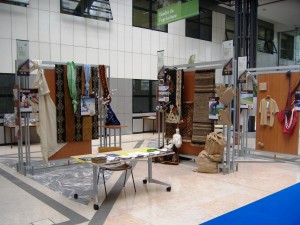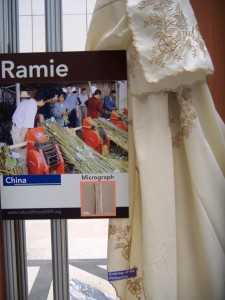Like I say, not a day goes by. Yesterday, ramie. Today, little barley. As in:
They likely ate sunflower, marsh elder, two types of chenopod—a family that includes spinach and beets—and possibly squash and little barley, according to the findings. The people also grew bottle gourd to make into containers.
That would be the Riverton people living three thousand years ago along the Wabash River in present-day Illinois.
The Riverton crops may have “added to what was [already] a successful life” for the ancient Americans, said Brian Redmond, curator and head of archaeology at the Cleveland Museum of Natural History in Ohio.
Yes, because…
…[b]efore they began farming, the Riverton people lived among bountiful river valleys and lakes, apparently eating a healthy and diverse diet of nuts, white-tailed deer, fish, and shellfish, the study says.
So the Riverton people were not reacting to some environmental stress as a matter of survival when they became agriculturalists, but rather “engaging in a bit of gastronomic innovation.” Good for them.

